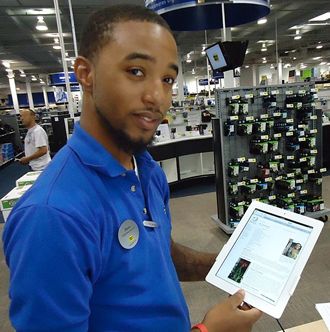 A report from Zscaler examines security threats ahead and said the diversity of devices used to access data make it difficult for organisations to stay ahead.
A report from Zscaler examines security threats ahead and said the diversity of devices used to access data make it difficult for organisations to stay ahead.
The Zscaler 2014 Security Cloud Forecast says that attacks on DNS servers are increasing and one of the problems is that “tens of thousands” of Internet DNS are not secured. And attackers use DNS techniques mimicking load balancing, with malware using DNS to conceal command and control networks. Companies, in 2014 should monitor DNS traffic, particularly on new domains.
Cloud services rely on HTPPS and SSL for encryption but by the end of this year, the industry standard will become 2048-bit keys rather than 1024 bit. Visibility becomes as much as five times more difficult with this move. SSL will be enabled by default for many web services next year.
The move to BYOD – bring your own device – is “the weakest link”, said Zscaler. When businesses move corporate data to the cloud and people use mobile devices there is no real security appliance between data and device. Zscaler warns to expect mobile attacks using email, web and malicious third party apps.
And the “internet of things” also brings its own problems, Zscaler warns. Accessing these multiple devices using smartphones is insecure but there is no minimum base level security in place. “In 2014, attackers will make attempts on the internet of things in homes, businesses and in critical pieces of infrastructure,” the report concludes.







